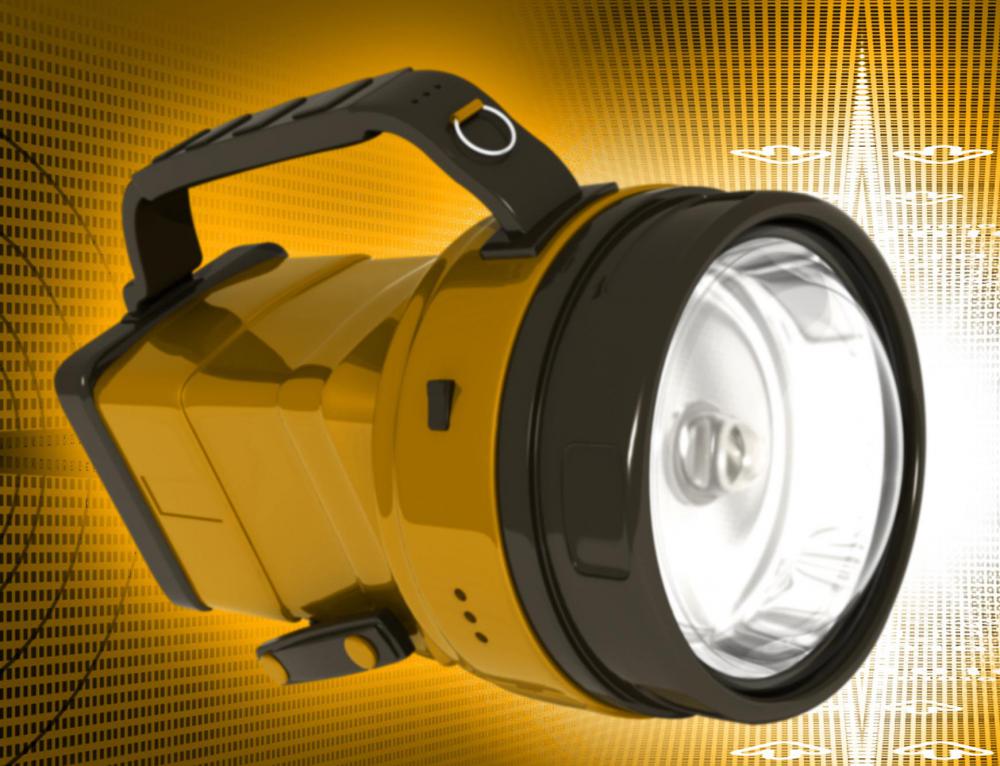At HomeQuestionsAnswered, we're committed to delivering accurate, trustworthy information. Our expert-authored content is rigorously fact-checked and sourced from credible authorities. Discover how we uphold the highest standards in providing you with reliable knowledge.
How Often Should I Test my Emergency Lighting?
Emergency lighting is used when there is an interruption in electricity. A generator or alternate power source powers the lights. A built-in circuit ensures that the lights are activated when the standard electricity current is not provided for a predetermined time frame. The frequency of emergency light testing depends on the environment, probability analysis and plausible alternatives. These three factors are critical to the decision regarding emergency lighting testing.
The environment both inside and outside the building is a key factor in the frequency of testing requirements. A building located in an urban center with access to both emergency services and other people should be tested at least twice a year. A building in a rural location, with limited access to support services should be tested every three months.

The building use is also a critical factor. Hospitals, jails, schools and public buildings should be tested at least once a month. They are central services that provides emergency services. Public buildings can be used to shelter citizens if they are fully powered by emergency power. High-rise apartment buildings should test their emergency systems every two months.

A risk evaluation calculates the risk and compares it to the cost of frequent testing. Determine the worst-case scenario if the power is out for an extended period, ranging from one full day to one full week. Then identify the risk or probability of this occurring. Weigh these two factors together to determine the priority of this type of testing.
Plausible alternatives must be part of the criteria when determining the frequency of testing. Work closely with the buildings in the local area to identify the type of emergency lighting and services available. The frequency of the testing can be reduced if local alternatives are available. Coordination and communication is essential in this type of approach.
Emergency lighting systems provide limited lighting, as they are reliant on a local, limited power source. The lights are most frequently placed around the outside perimeter of the building, in stairwells and hallways. The purpose of these systems is to provide sufficient light for people to leave the building.
As part of the emergency lighting test, be sure to test the bulbs themselves. These minor issues have a huge impact on the effectiveness of these types of systems. Check the wiring of the emergency lights once a year, at minimum. Work with local emergency service providers to ensure that all related systems are checked at the same time.
AS FEATURED ON:
AS FEATURED ON:












Discussion Comments
Emergency lighting and exit lighting should be tested per the requirements of your authority having jurisdiction. The code that has been adopted by most states that applies to this is NFPA 101.
Typically, the yearly test is performed by an outside contractor while the monthly tests are performed in house.
We have some 60 of these in our facility. Tested them all the time by pressing the "test" button on each. When we lost power we discovered that only five actually worked! The batteries had died in all the others. Pressing that "test" button apparently didn't check the battery power; it just turned on the lights.
Also, these fixtures were advertised as having a "self test circuit" on them. Now that they have failed I have discovered there is no description of what they test, how they test it and how they report to us humans what they have discovered. It's very discouraging. Also, these units were only four years old.
If you don't have a lot of money to spend on an emergency lightening system you can buy battery operated touch lights that you can stick to your walls where you think you may need a little extra light. A good idea is to put a piece of glow in the dark tape on the light so you can easily spot it to turn it on. I have found that just putting a glow in the dark sticker on the light does the job.
The touch lights should be tested once every other month or so, just to make sure the batteries aren't dead. This is a great way to have emergency lighting without the expense of an installed system as each touch light only costs around five dollars.
If you are buying a new home one of the best extras you can have is getting a place that has preinstalled emergency lighting. Many of these lights are hidden until they are needed and react to the power being cut off.
These systems don't need to be expensive, and even if your home doesn't come with this kind of emergency lighting, installing your own can help make your home safer and increase the value of your home.
As a good rule of thumb you should test your emergency lighting according to the installers instructions, or the instructions on the lamps themselves. It really depends on what kind of light you have.
@qwertyq – In my opinion, a LED emergency light system is the best option, and it’s the most popular type in use today.
That’s why I have an LED system in my house. The bulbs are small and unobtrusive, they don’t get hot when they’re on, and they don’t use much electricity. Low energy consumption is really important because emergency light systems usually run off a battery (mine does).
Since LED bulbs don’t use up much energy, the lighting system will be able to supply you with light for a longer time than if you were using another type of bulb. The bulbs last a long time, too, so you won’t have to replace them very often.
A few weeks after we installed our LED emergency lighting system, we had a storm that knocked out the electricity. Our lighting system kicked in and that really helped! I was in the middle of washing dishes, so I was glad to have the light to see by.
What’s the best type of emergency lighting system to get? Is LED any good? My family and I have just moved to a remote area and we need to install a reliable system.
I test my home emergency lighting system once every six months. I simply flip my house’s main breaker switch and check to see if everything’s working. I probably don’t really need to test it that often, but three of my five kids are terrified of the dark, so I like to know the system will kick in if the lights go out.
Post your comments